In fact, beta-caryophyllene can make up more than 25% of a cannabis strain’s entire terpene content. One feature of beta-caryophyllene that has generated considerable interest among cannabis users, is its unique ability to interact with some of the cannabinoid receptors in the human endocannabinoid system. This allows beta-caryophyllene to be thought of as both a cannabinoid and a terpene. In many strains, beta-caryophyllene is present as the major terpene. Caryophyllene can be found in rosemary, hops, cloves, and of course in cannabis.
Where is beta-caryophyllene found?
As one of the most abundant terpenes in nature, Beta-caryophyllene is also present in cinnamon, basil, lavender, oregano, rosemary and black caraway. Like other terpenes in cannabis ( such as geraniol, limonene, myrcene, alpha pinene, alpha bisabolol, etc.), ß-caryophyllene is considered generally safe by the Food and Drug Administration in the United States (FDA) as well as by the European Food Safety Authority (EFSA) – both as a food additive, flavour enhancer, flavour and/or cosmetic additive. It is found commonly in such products as the following:
· Face creams
· Shampoos
· Hair care products
· Cooked sauces
· Flavour ingredient or additive mixed cooking spices asnd condiments
Beta-caryophyllene's terpene profile
In its pure form, beta-caryophyllene has an attractive organic and herbal aroma. Many people believe that cannabis strains that are high in caryophyllene may be more effective at reducing pain and relieving painful inflammation.
Cannabis strains with a high ß-caryophyllene content will not always have a clearly identifiable or pure caryophyllene odour. This is largely because all of the terpenes present collectively produce a very complex smell. Thus, such a complex terpene profile will make it very difficult to identify individual terpene scents.
Caryophyllene accounts for 25% (or even more) of some cannabis strains’ total terpene production. It is one of the most dominant terpenes found in cannabis, and it helps give the cannabis its distinctively earthy, rich, peppery and spicy notes. It is likely that these subtle terpene aromas and flavours are more easy to pick out when vaping rather than smoking cannabis. Indeed, vaping tends, generally, to preserve the taste and the finer terpene aromas much better than when smoking a traditional joint. When smoking the latter, the smoke which is produced by the process of combustion can crush the delicate odours produced by terpenes.
Effects of beta-caryophyllene
Beta-caryophyllene targets and binds to the CB2 receptor of the human endocannabinoid system. This precise mechanism and effect of this has been studied in rodents. Traditionally, there is a tendency to associate cannabinoid receptors (known also as CB1 and CB2) with the pleasurable psychoactive effect of cannabis. For instance, THC binds to CB1 and CB2 receptors which results in it producing the euphoric high that it does.
Some recent scientific studies on the effects and uses of beta-caryophyllene have shown some positive effects of beta-caryophyllene in relieving pain (through its anti-analgesic effect) as well as its benefits related to reducing stress and anxiety.
The modulation of neuropathic pain and reduction in inflammation is associated with the CB2 receptor. The aforementioned research also suggested that when caryophyllene is consumed orally, it may show even greatest potential in relieving pain than subcutaneous injections of pain relievers. One of the key questions the study tried to answer was, "What does beta-caryophyllene do for the body?”
The studies answered this question by concluding that caryophyllene has real definable effects on pain experienced in mammals, and both went on to suggest that more work is needed to fully understand and appreciate the potentially exciting effects of caryophyllene on pain and inflammation.
Another interesting aspect of some of these studies is that beta-caryophyllene is often described as a cannabinoid rather than as a terpene; this is precisely due to the interaction it has with the CB2 receptor. This highlights the existence of grey areas where there could be an overlap between cannabinoids and terpenes.
These studies demonstrated that orally administered beta-caryophyllene did reduce inflammation-related pain, as well as decreasing neuro-inflammation of the spine in mice. The findings indicate that the main effects, uses and benefits of beta-caryophyllene may make it an effective treatment for chronic pain and help reduce stress and anxiety.
The dosage of beta-caryophyllene depends a lot on the exact strain of the cannabis used, and in what quantities. In some strains, beta-caryophyllene is present in only trace amounts. In others, it may be the dominant terpene, accounting for upwards of 25% or more of the entire terpene content.
A terpene profile is typically made up of a mixture of numerous different terpenes in many different proportions. Linalool and beta-caryophyllene, as well as terpenes such as alpha-pinene, myrcene, geraniol, limonene, and others, are often present in cannabis. And alpha bisabolol and beta-caryophyllene appear to be frequently present together.
Beta-caryophyllene vs CBD
CBD users often wonder about the amount of beta-caryophyllene found in CBD oils. This depends entirely on the cannabis strain used to make the particular CBD oil. If it was one which contained a large proportion of beta-caryophyllene in its terpene profile, then that particular CBD oil would contain it as well.
Another question often asked by CBD users is, "What is the best remedy for pain - CBD or beta-caryophyllene?" That is a good question, but CBD is not yet officially considered a pain relieving drug, although some of its users absolutely consider it to be. As in the previously cited studies, there has been promising early research that has shown that caryophyllene may have analgesic (pain relieving) properties. So it does seem that when it comes to beta-caryophyllene as a pain reliever, compared to CBD, it could tentatively be suggested that caryophyllene might have an even more potent effect than CBD, based on what is known about it to date.
What is beta-caryophyllene used for?
Beta-caryophyllene has been the subject of sufficient amounts of research now to be able to state that it is "generally considered safe" by both US and European agencies in the food and drug industries. And as such, it is greatly used in household products, where its natural woody / spicy scent is utilised in both edible food products and cosmetic products such as shampoos, soaps, cleaning products etc. alike.
The Entourage Effect: How beta-caryophyllene interacts in synergy with other cannabinoids
As mentioned above, beta-caryophyllene exhibits unique hybrid properties of being both a terpene yet also a cannabinoid. This prompts exciting questions, like whether caryophyllene interacts with other cannabinoids? And as such, would the presence of beta-caryophyllene increase the high of cannabis via the entourage effect?
For the time being, there is little concrete scientific data on this subject, as studies on it are still in their infancy. It should be added that the so-called entourage effect is, as yet, only a theorised mechanism, and there is not yet enough scientific information to conclusively explain its functioning or to determine if caryophyllene actually plays a major role in it.

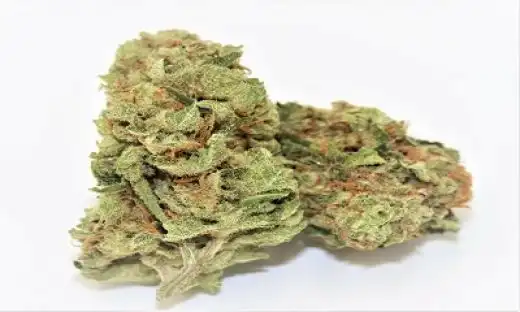

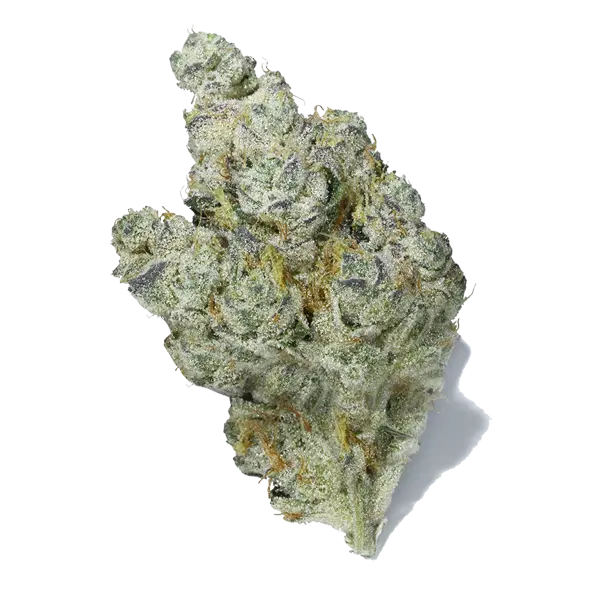
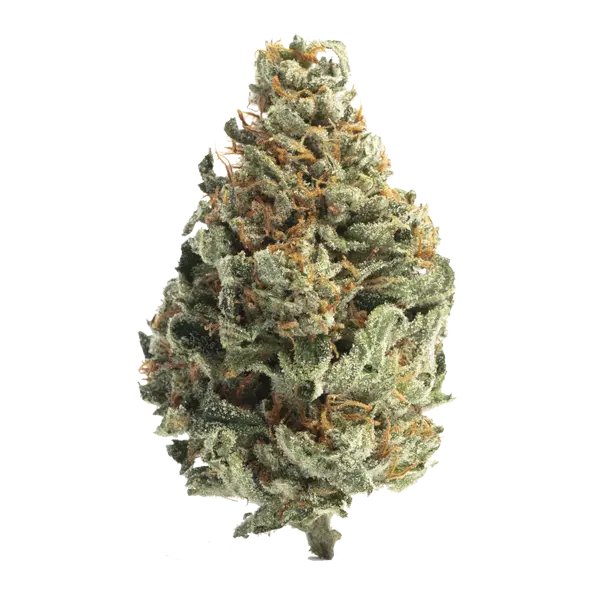
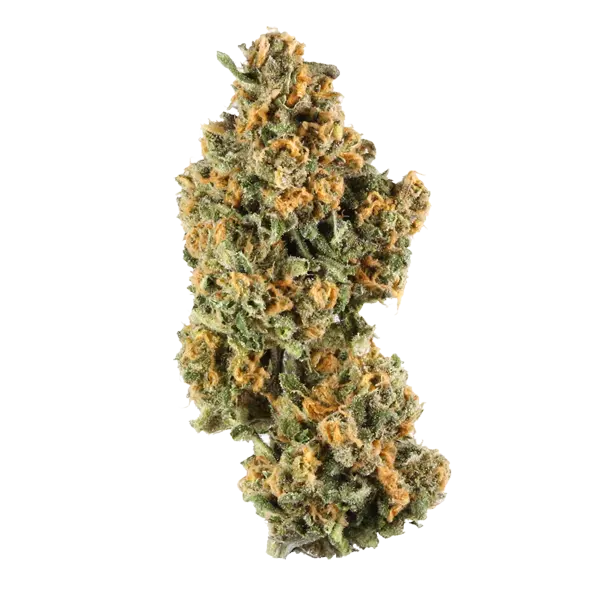
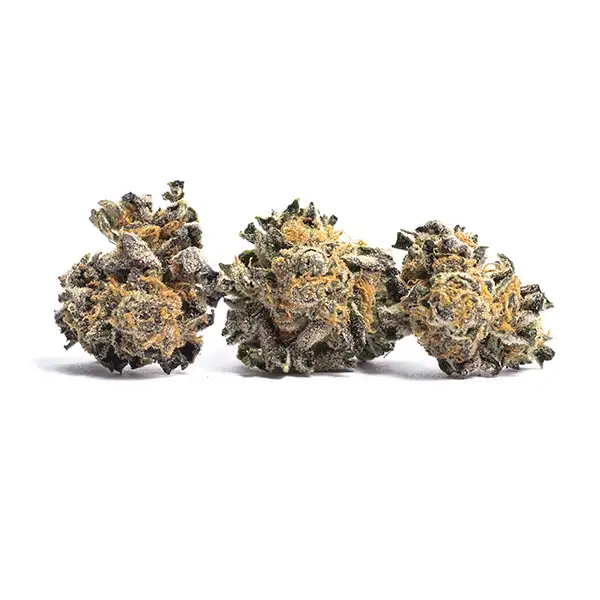
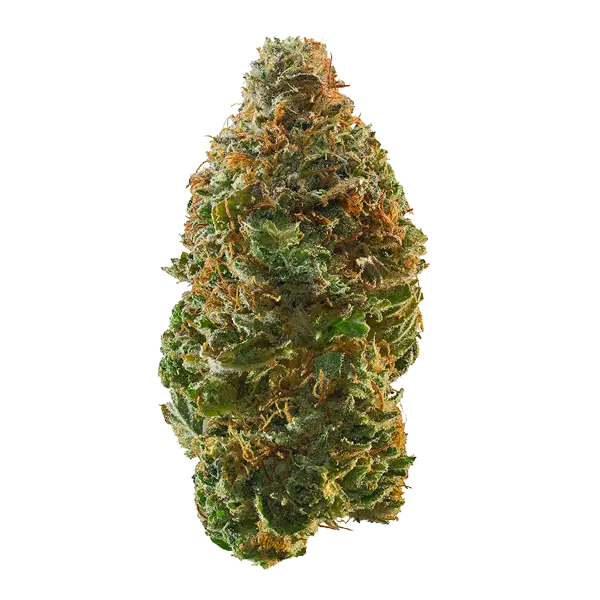
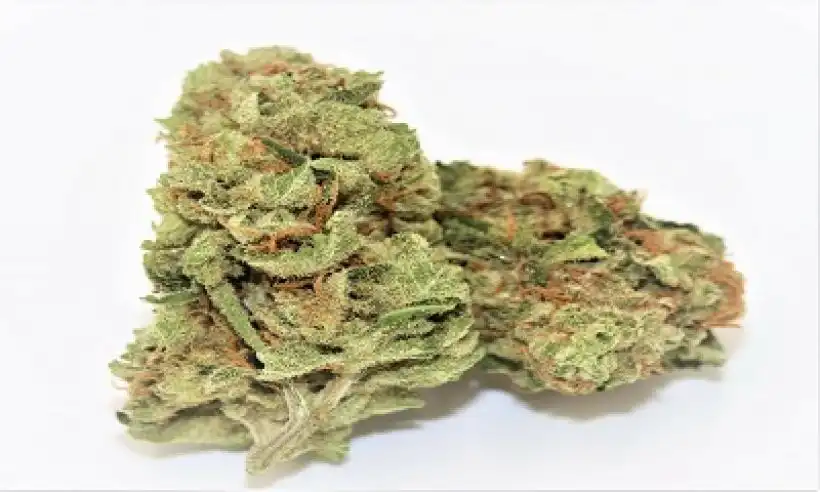
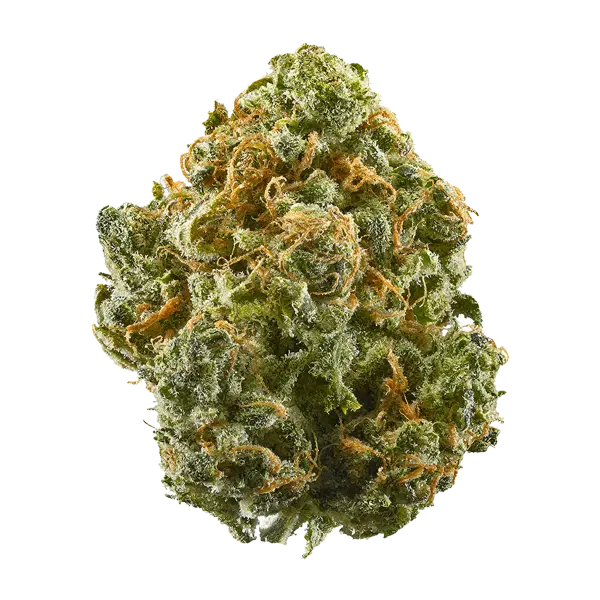
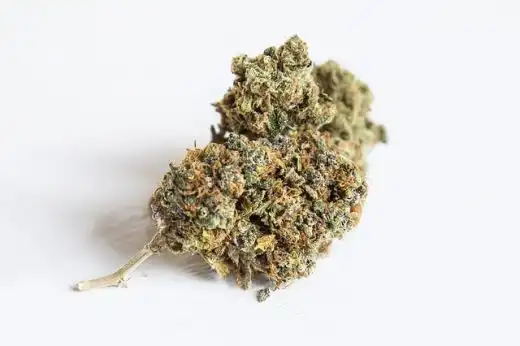
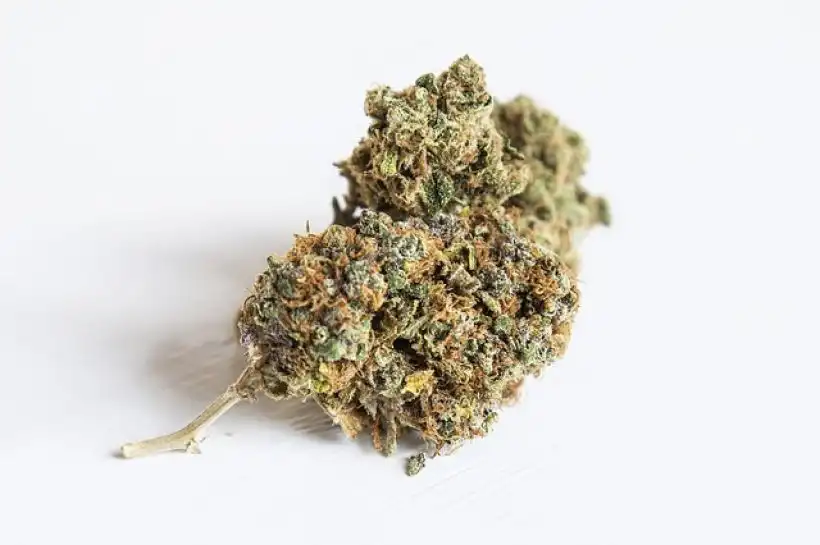
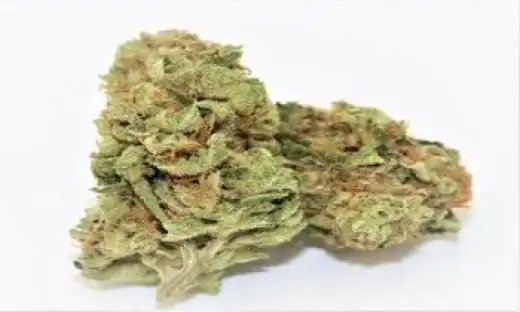
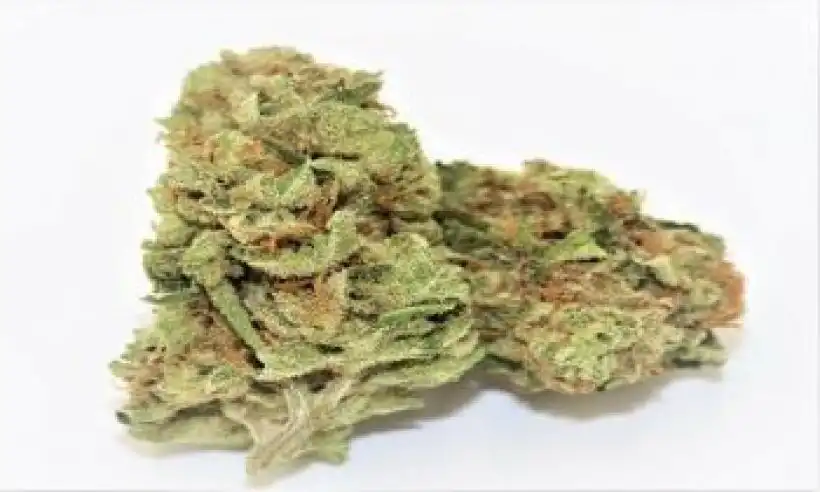
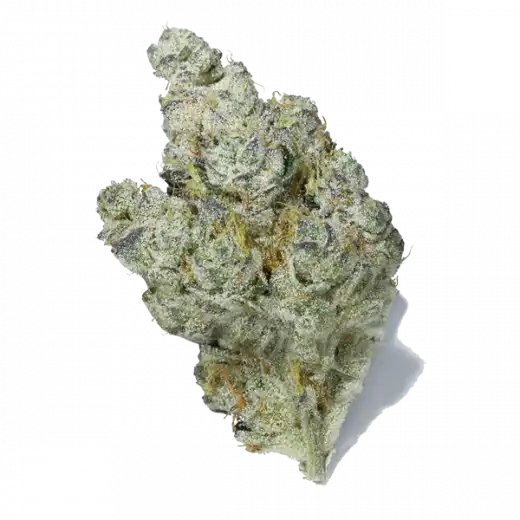
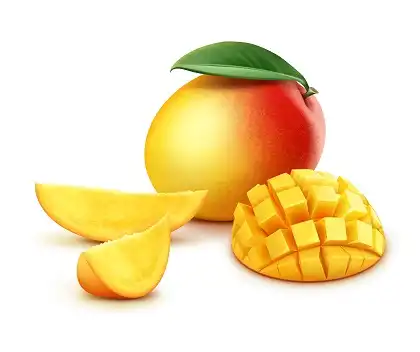
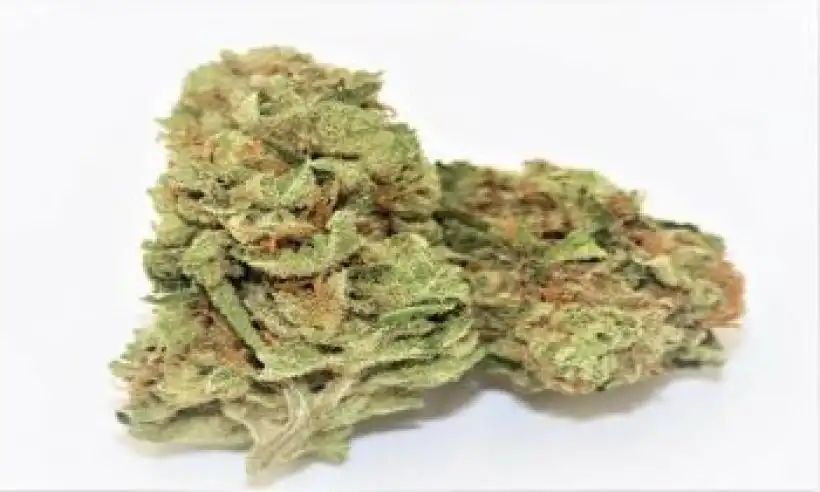
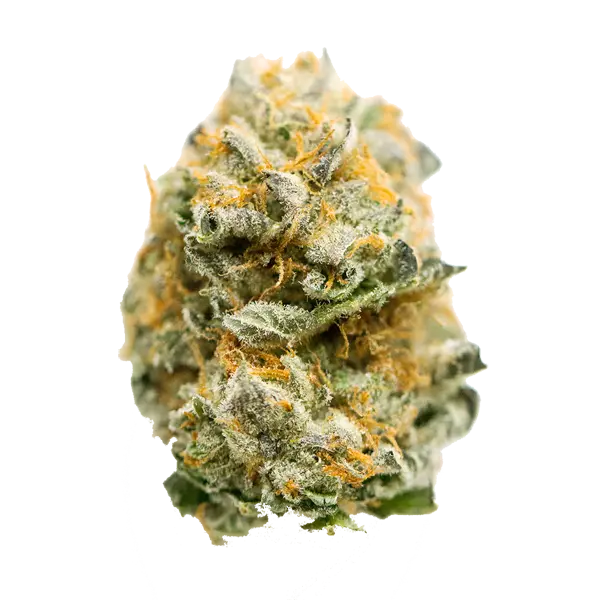
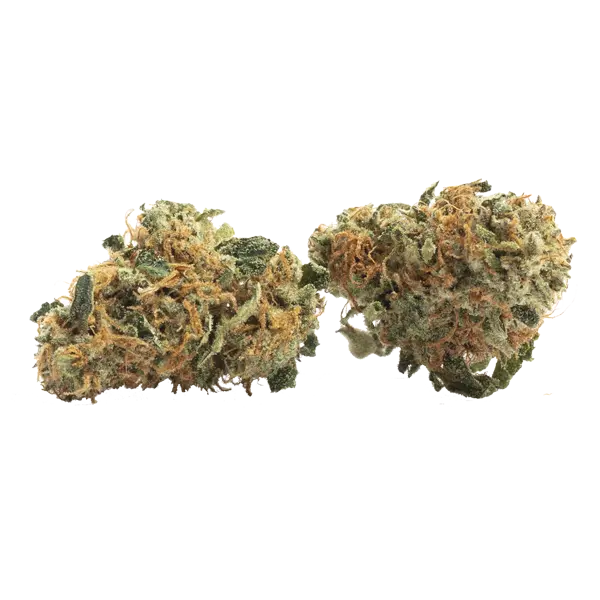
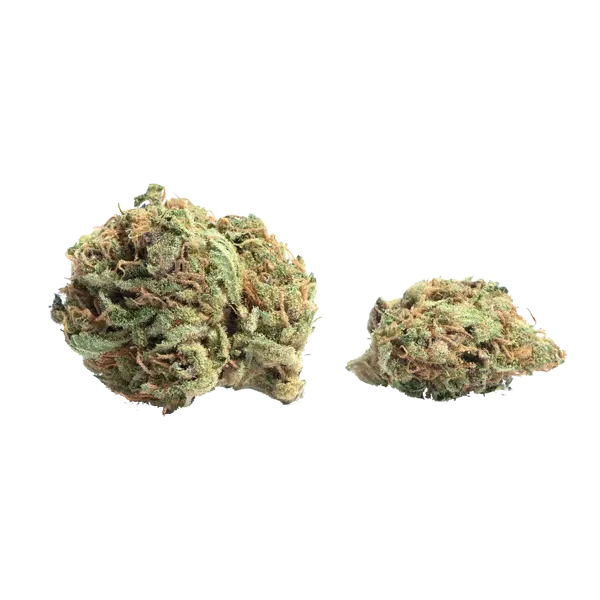
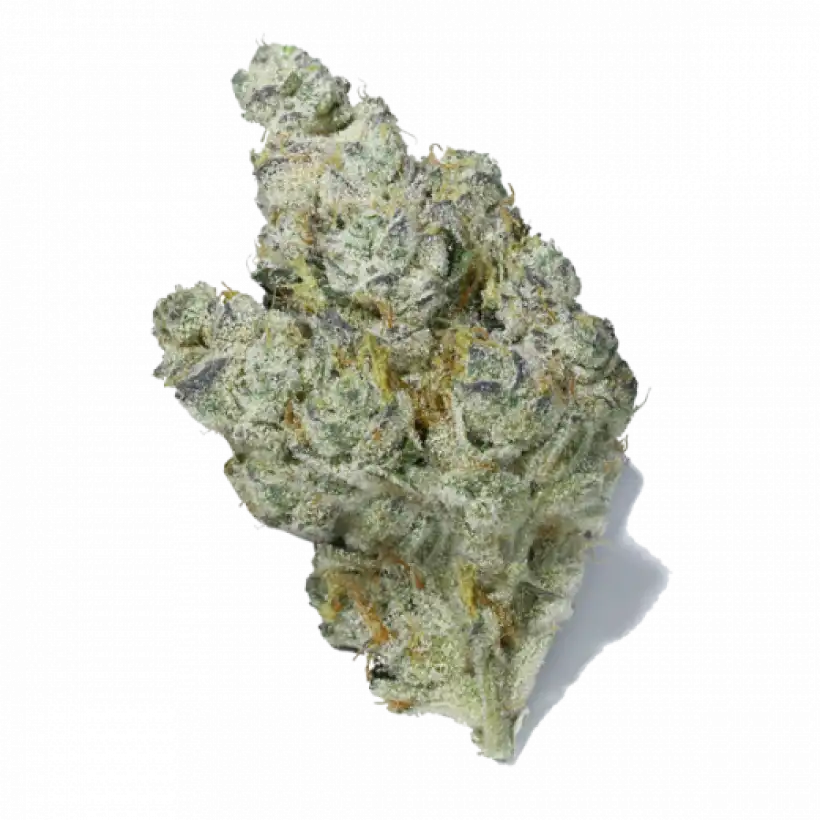
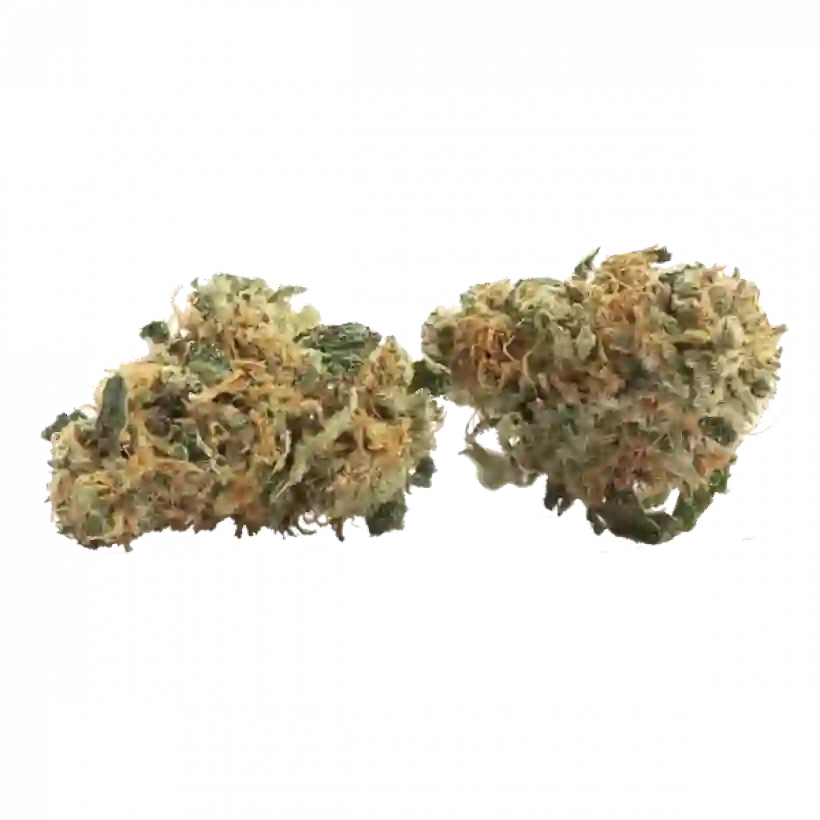
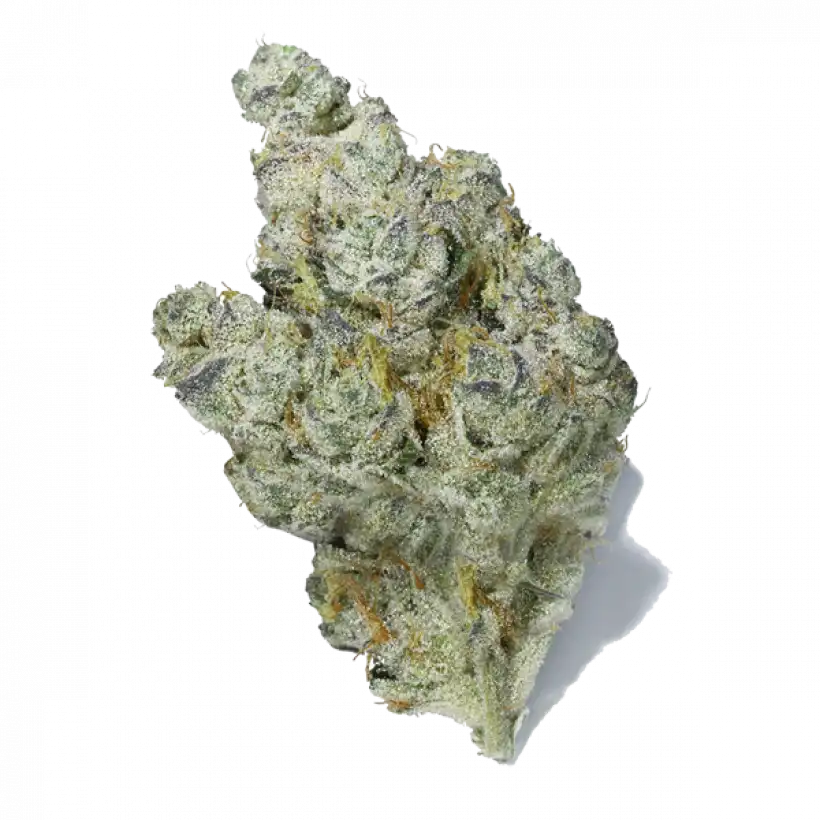
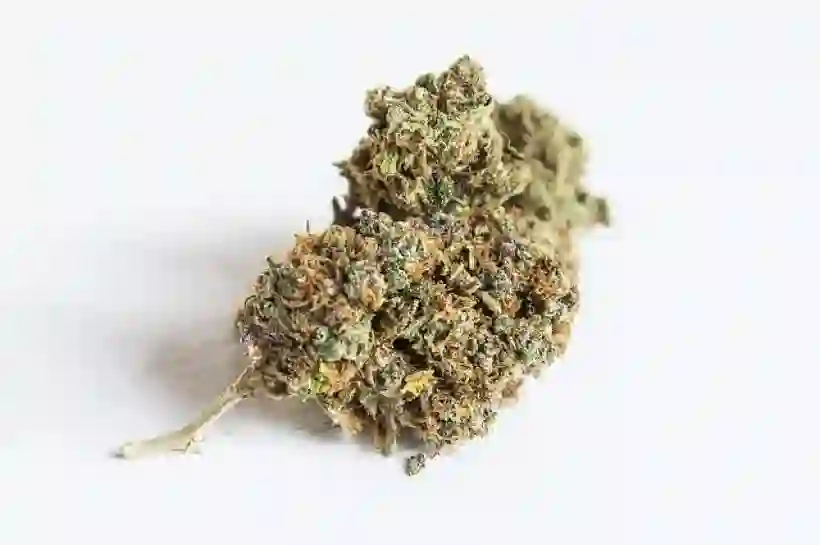
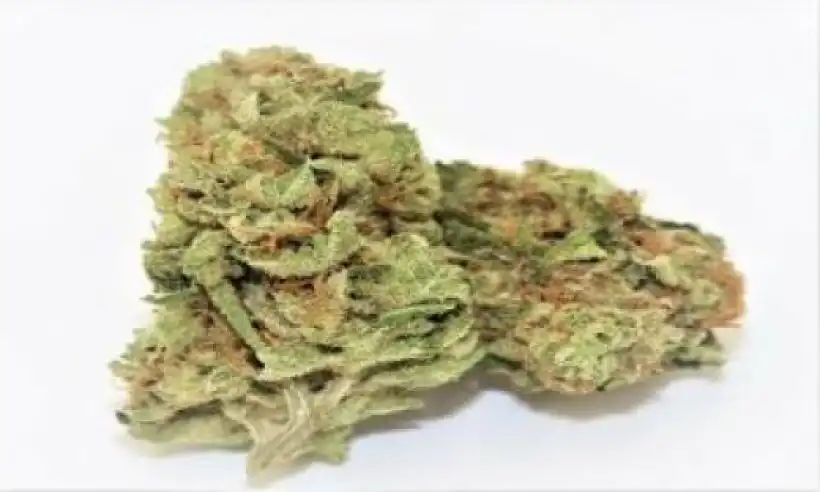
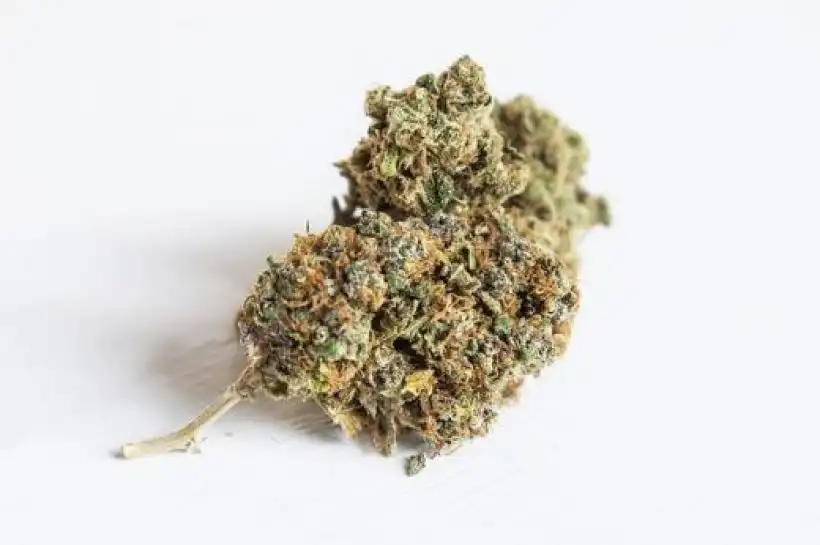

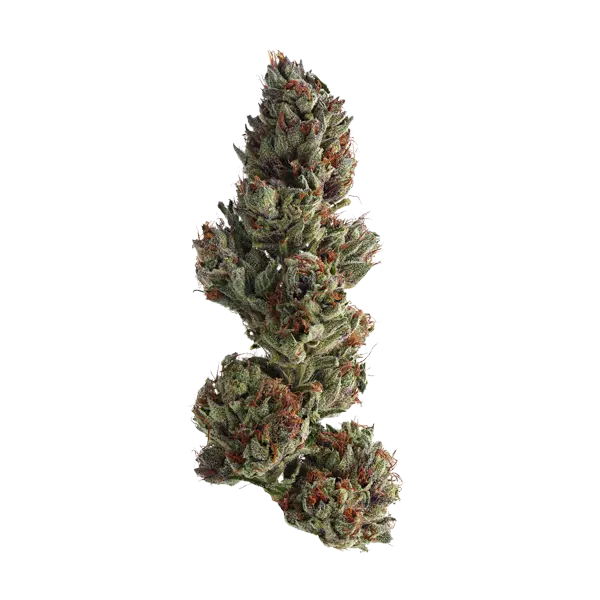
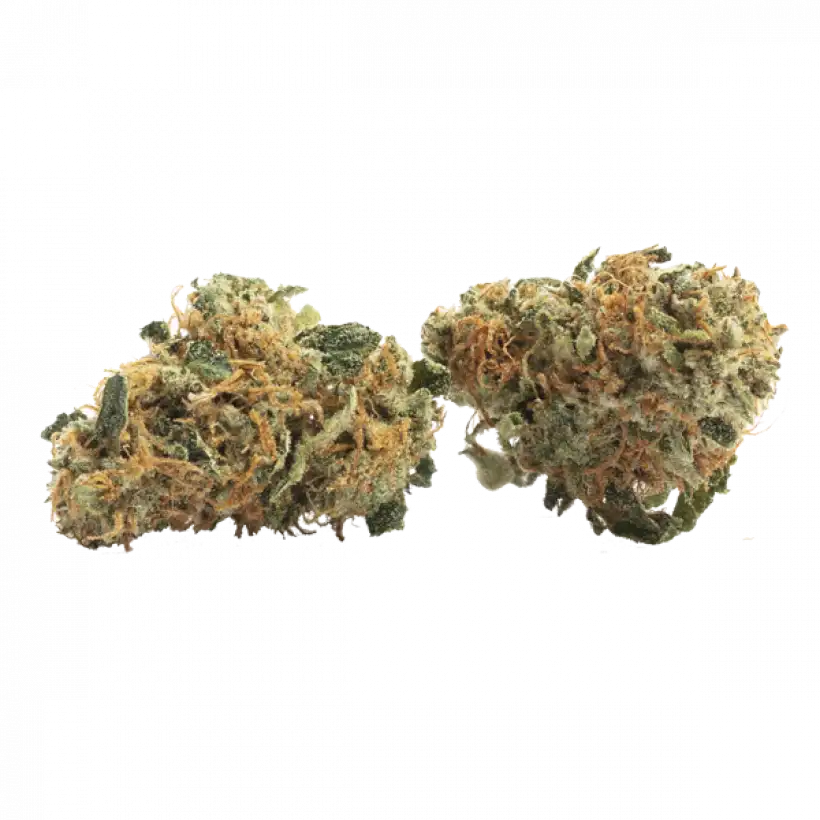
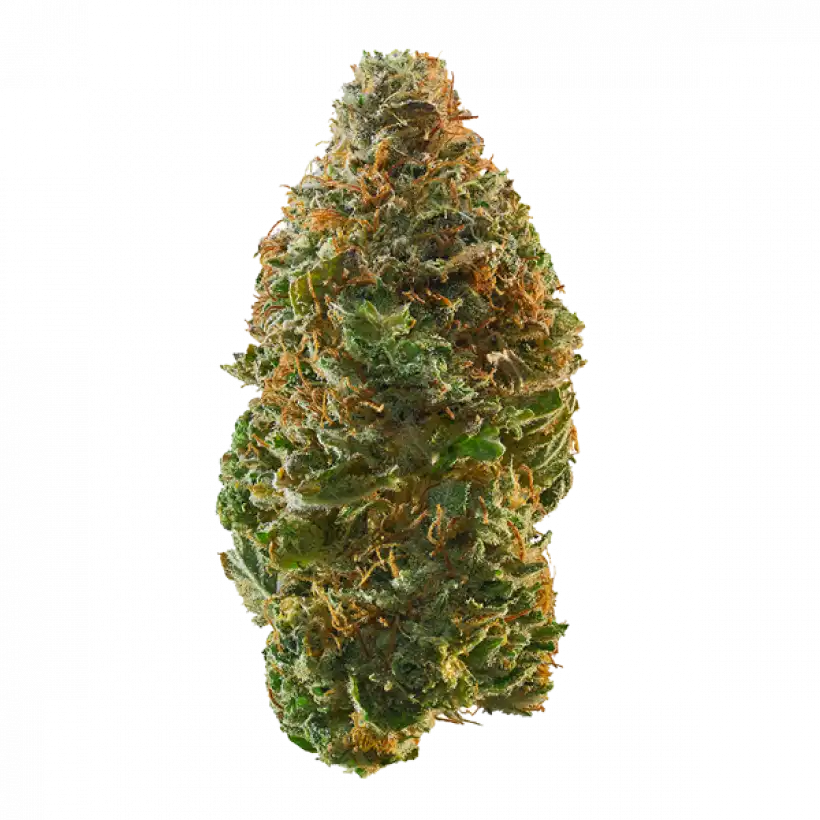
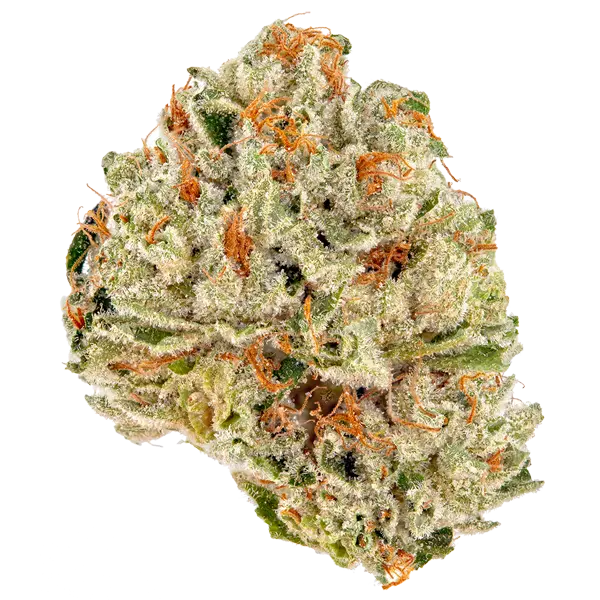
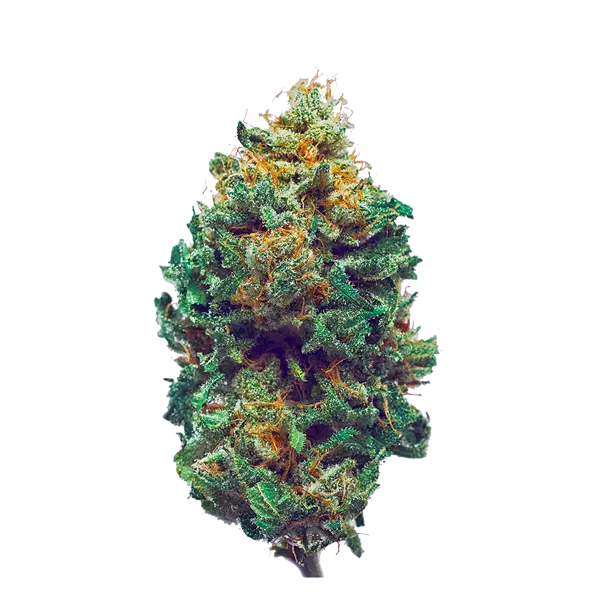
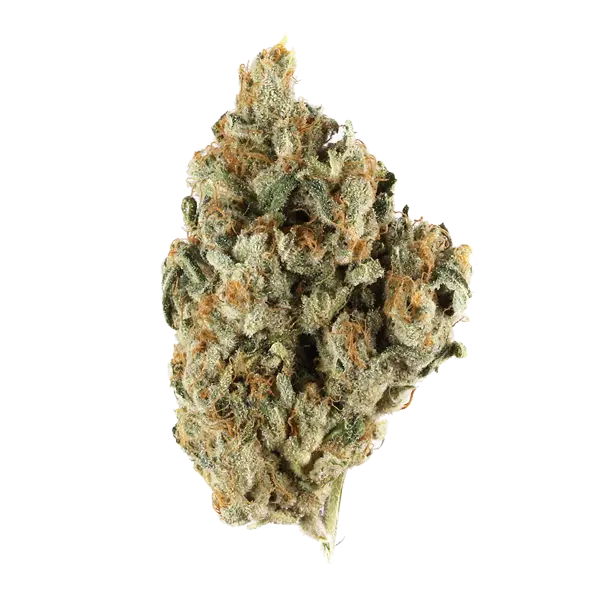
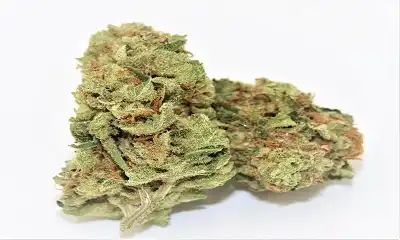
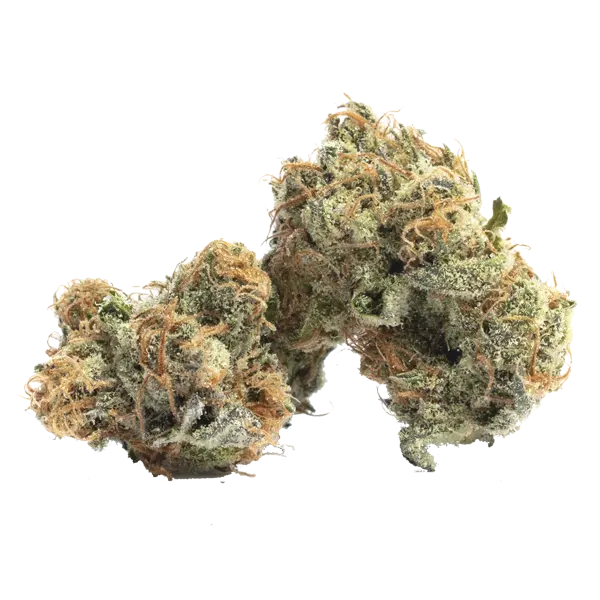
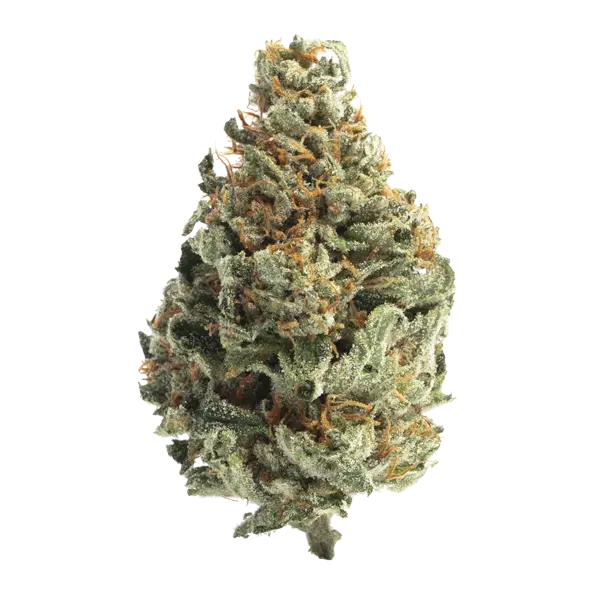
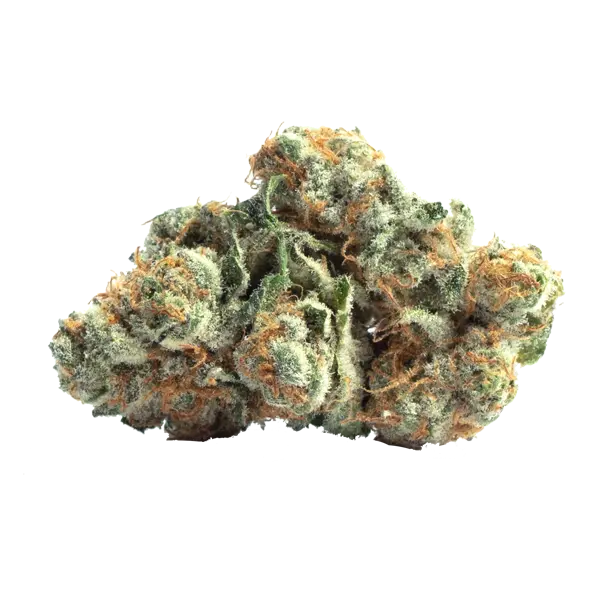
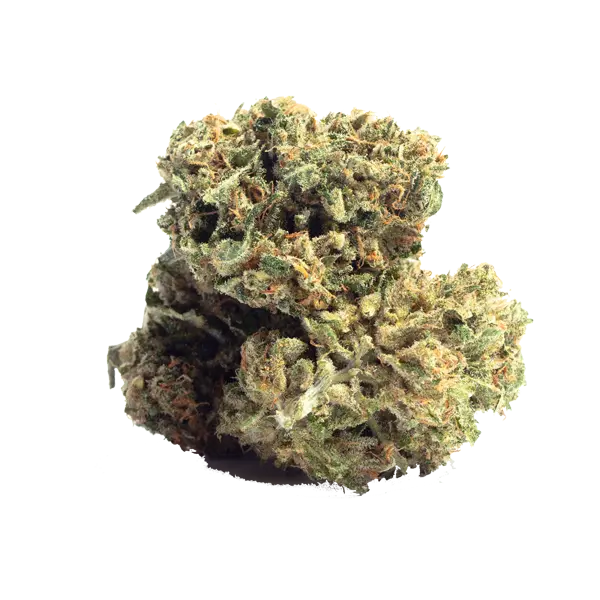
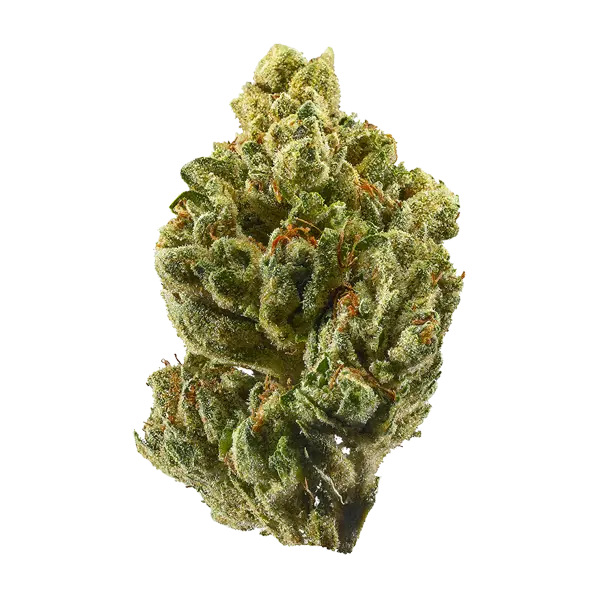
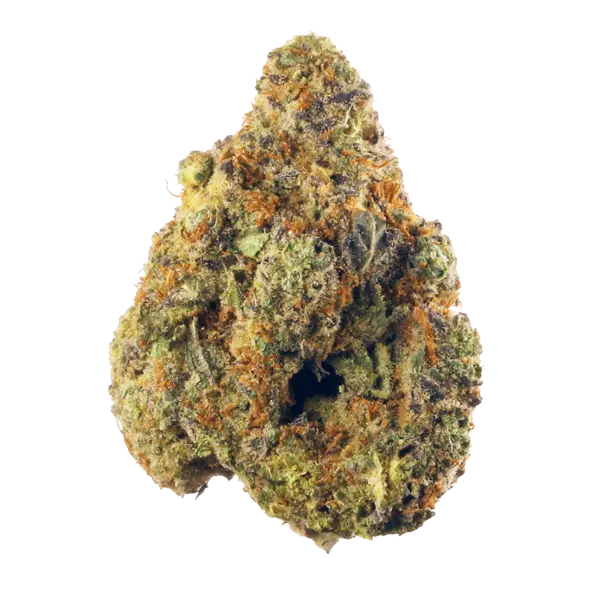
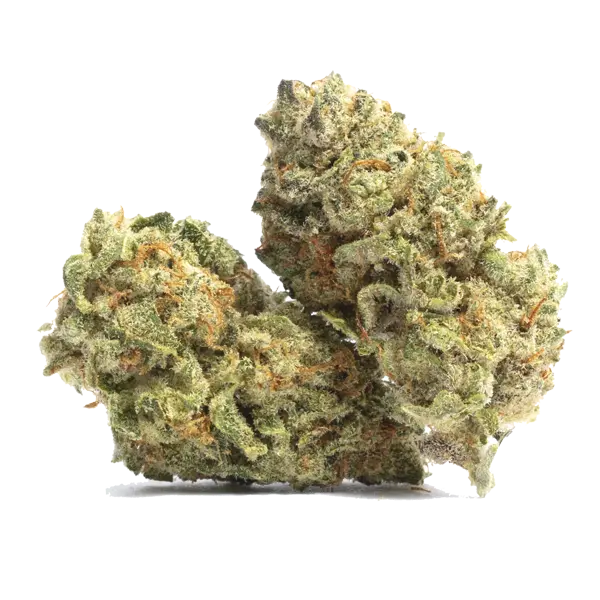
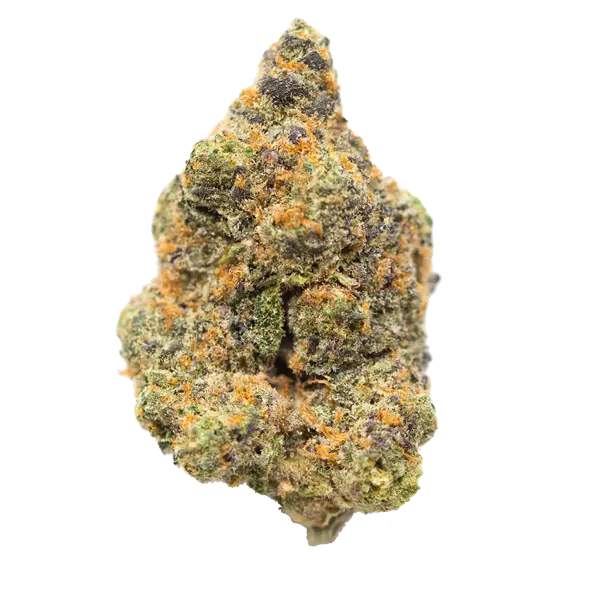
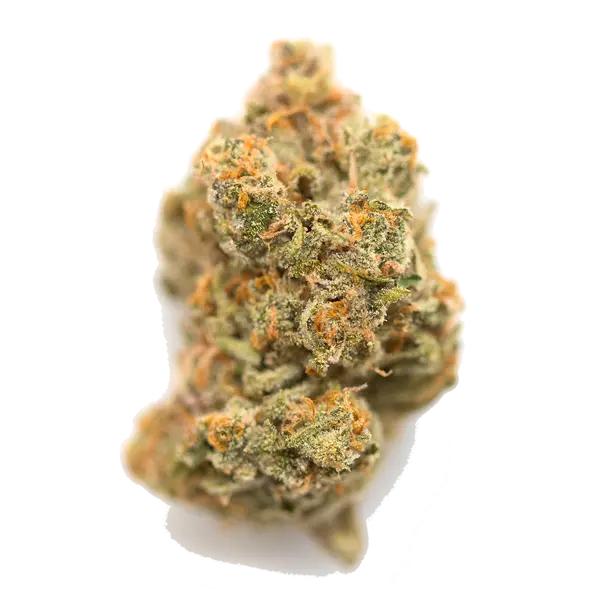
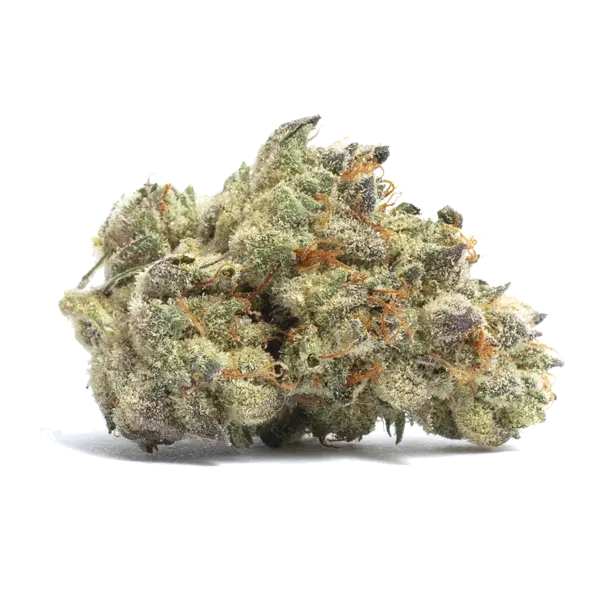
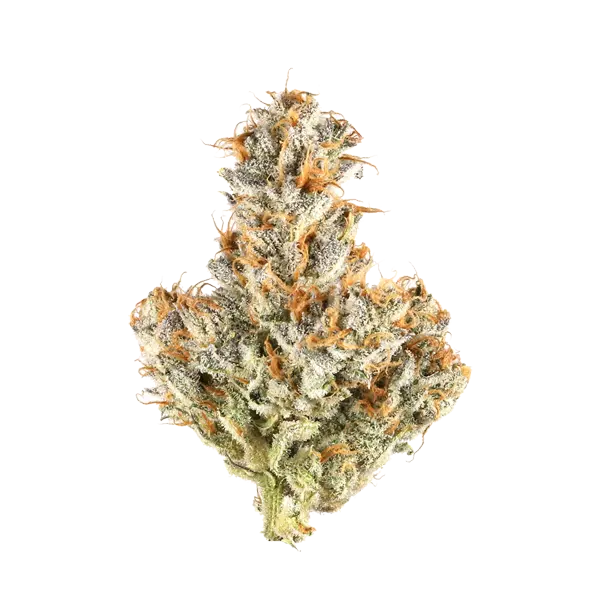
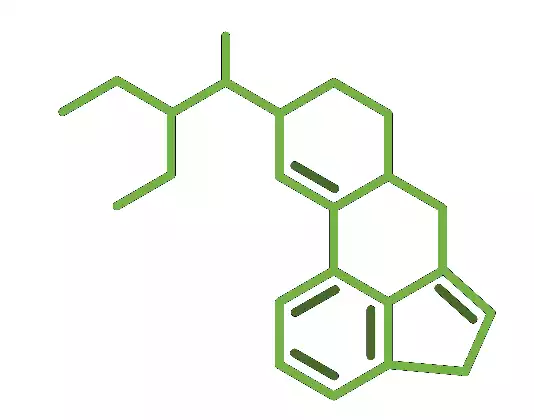

















 Treating Migraine Headaches with Cannabis
Treating Migraine Headaches with Cannabis Common Misconceptions about Autoflowering Variants of Cannabis
Common Misconceptions about Autoflowering Variants of Cannabis








